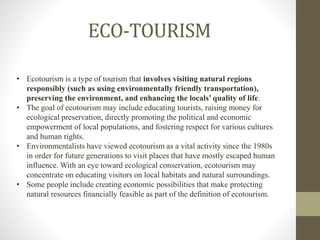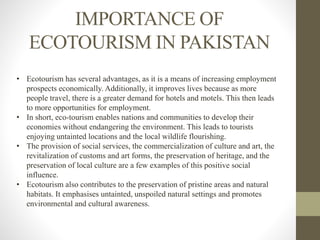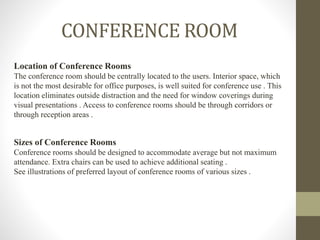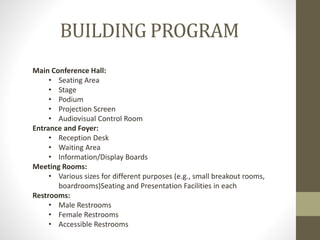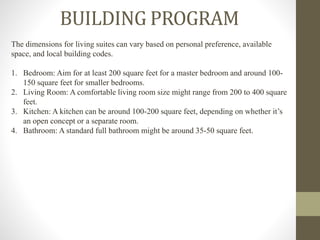contourrrrrrrrrrrrrrrrrrrrrrrrrrrrrrrrrrrrrrrrrrrrrrrrrrr
- 1. DEWAL SHARIF SITE CONTOUR SITE SUBMIT TO: AR.TAHIR KHAN KHALDI , AR.MARYAM REHMAN SUBMIT BY: ABUHURAIRA (BARM-F20-008)
- 2. LOCATION • Dewal Shareef, Abbottabad, Khyber Pakhtunkhwa, Pakistan
- 7. SITE VIEWS
- 8. SITE VIEWS
- 9. SITE DETAILS VEGETATION • WINTER GREEN BARBERY • APPLE TREES • HORSE WEED HERBS • TREES OF HEAVEN • EASTERN COTTON WOOD • WEEPING LOVE GRASS • CHINABERRY TREE • BUFFALO GRASS ROCK TYPE • METAMORPHIC ROCK LAND OWNERSHIP • PRIVATE OWNER (PURCHASED BY LOCAL PERSON) BY-LAWS APPLIED • G-D-A (GALIYAT DEVELOPMENT AUTHORITY)
- 10. SITE DETAILS NEARBY AREAS DISTANCE FROM SITE • NATHIA GALI: 51KM • MUZAFRABAD : 49KM • PIPELINE TRACK: 45KM • PC BHURBAN: 9KM • KUNDAN BAZAR: 7.8KM • DEWAL GOVT. SCHOOL: 1.2KM • PETROL PUMP: 1.8KM
- 17. DAY LIGHT HOURS DEWAL SHAREEF
- 18. ECO-TOURISM • Ecotourism is a type of tourism that involves visiting natural regions responsibly (such as using environmentally friendly transportation), preserving the environment, and enhancing the locals’ quality of life. • The goal of ecotourism may include educating tourists, raising money for ecological preservation, directly promoting the political and economic empowerment of local populations, and fostering respect for various cultures and human rights. • Environmentalists have viewed ecotourism as a vital activity since the 1980s in order for future generations to visit places that have mostly escaped human influence. With an eye toward ecological conservation, ecotourism may concentrate on educating visitors on local habitats and natural surroundings. • Some people include creating economic possibilities that make protecting natural resources financially feasible as part of the definition of ecotourism.
- 19. IMPORTANCE OF ECOTOURISM IN PAKISTAN • Ecotourism has several advantages, as it is a means of increasing employment prospects economically. Additionally, it improves lives because as more people travel, there is a greater demand for hotels and motels. This then leads to more opportunities for employment. • In short, eco-tourism enables nations and communities to develop their economies without endangering the environment. This leads to tourists enjoying untainted locations and the local wildlife flourishing. • The provision of social services, the commercialization of culture and art, the revitalization of customs and art forms, the preservation of heritage, and the preservation of local culture are a few examples of this positive social influence. • Ecotourism also contributes to the preservation of pristine areas and natural habitats. It emphasises untainted, unspoiled natural settings and promotes environmental and cultural awareness.
- 20. STEPS TAKEN BY PAKISTAN GOVT TO PROMOTE ECO TOURISM The current administration in Pakistan has established a number of initiatives. This is done to encourage sustainable tourism in the nation after becoming aware of environmental degradation and climate change. • These range from the Hunza single-use plastic ban to the Kaghan Valley’s anti-encroachment campaign. Additionally, the current administration has started plantation efforts in all significant provincial capitals, in addition to the nationwide One Billion Tree Tsunami Initiative. • Additionally, the government is prepared to launch programmes to counteract the effects of environmental degradation. • A thorough system of patents has been put in place to guarantee that the animal population is not harmed due to hunting, a hobby that is appreciated by both locals and visitors from other countries. • Locals are employed and paid a fixed wage for their work through this patent system. Thus, hunting activities are also controlled in this manner while also providing locals with employment opportunities. The number of tourists travelling to Pakistan’s northern regions has risen dramatically over the years. Therefore, reforms must be continuously updated in order to grow the base of this business and make it sustainable.
- 21. CONFERENCE ROOM Conference Requirements Conferences, meetings, and assemblies are an important part of Government operations. Since there is no established standard suggesting the number of conference rooms based on the number of people, the needs will vary widely among agencies or agency components, depending largely on the nature of their work. Whenever possible, the establishment of conference rooms should be based on need established from past records and experience, rather than on anticipated needs . Unnecessary conference space is often allowed because planning is not based on such records of demonstrated need . The space planner should always evaluate the utilization of existing conference rooms before recommending others (Fig . 3) .
- 22. CONFERENCE ROOM Location of Conference Rooms The conference room should be centrally located to the users. Interior space, which is not the most desirable for office purposes, is well suited for conference use . This location eliminates outside distraction and the need for window coverings during visual presentations . Access to conference rooms should be through corridors or through reception areas . Sizes of Conference Rooms Conference rooms should be designed to accommodate average but not maximum attendance. Extra chairs can be used to achieve additional seating . See illustrations of preferred layout of conference rooms of various sizes .
- 24. BUILDING PROGRAM Main Conference Hall: • Seating Area • Stage • Podium • Projection Screen • Audiovisual Control Room Entrance and Foyer: • Reception Desk • Waiting Area • Information/Display Boards Meeting Rooms: • Various sizes for different purposes (e.g., small breakout rooms, boardrooms)Seating and Presentation Facilities in each Restrooms: • Male Restrooms • Female Restrooms • Accessible Restrooms
- 25. BUILDING PROGRAM Backstage Area: • Green Rooms for Speakers/Performers • Storage Rooms Audiovisual Control Room: • Equipment Storage • Control Consoles Reception Desk: • Space for Receptionist • Information Display Waiting Area: • Comfortable Seating • Display/Reading Material Outdoor Spaces: • Landscaped Area • Smoking Area (if applicable) Emergency Exits: • Clearly marked and accessible exits
- 26. BUILDING PROGRAM Space Name Size/Area Main Conference Hall 6,116 sq ft - Seating Area 5,000 sq ft - Stage 800 sq ft - Podium 16 sq ft - Projection Screen 150 sq ft - Audiovisual Control Room 150 sq ft Entrance and Foyer 7,550 sq ft - Reception Desk 50 sq ft - Waiting Area 7,500 sq ft - Information/Display Boards Variable Meeting Rooms 3,500 sq ft - Small Breakout Rooms 2,000 sq ft - Boardrooms 1,500 sq ft Restrooms 600 sq ft - Male Restrooms 250 sq ft - Female Restrooms 250 sq ft - Accessible Restrooms 100 sq ft Backstage Area 300 sq ft (excluding storage) - Green Rooms 300 sq ft Audiovisual Control Room 180 sq ft - Equipment Storage 100 sq ft - Control Consoles 80 sq ft Reception Desk 50 sq ft Waiting Area 10,000 sq ft Bird Aviary Variable Grand Total Area (including 30% circulation area): Approximately 28,396 sq ft
- 27. BUILDING PROGRAM The dimensions for living suites can vary based on personal preference, available space, and local building codes. 1. Bedroom: Aim for at least 200 square feet for a master bedroom and around 100- 150 square feet for smaller bedrooms. 2. Living Room: A comfortable living room size might range from 200 to 400 square feet. 3. Kitchen: A kitchen can be around 100-200 square feet, depending on whether it’s an open concept or a separate room. 4. Bathroom: A standard full bathroom might be around 35-50 square feet.
- 28. THANK YOU

















